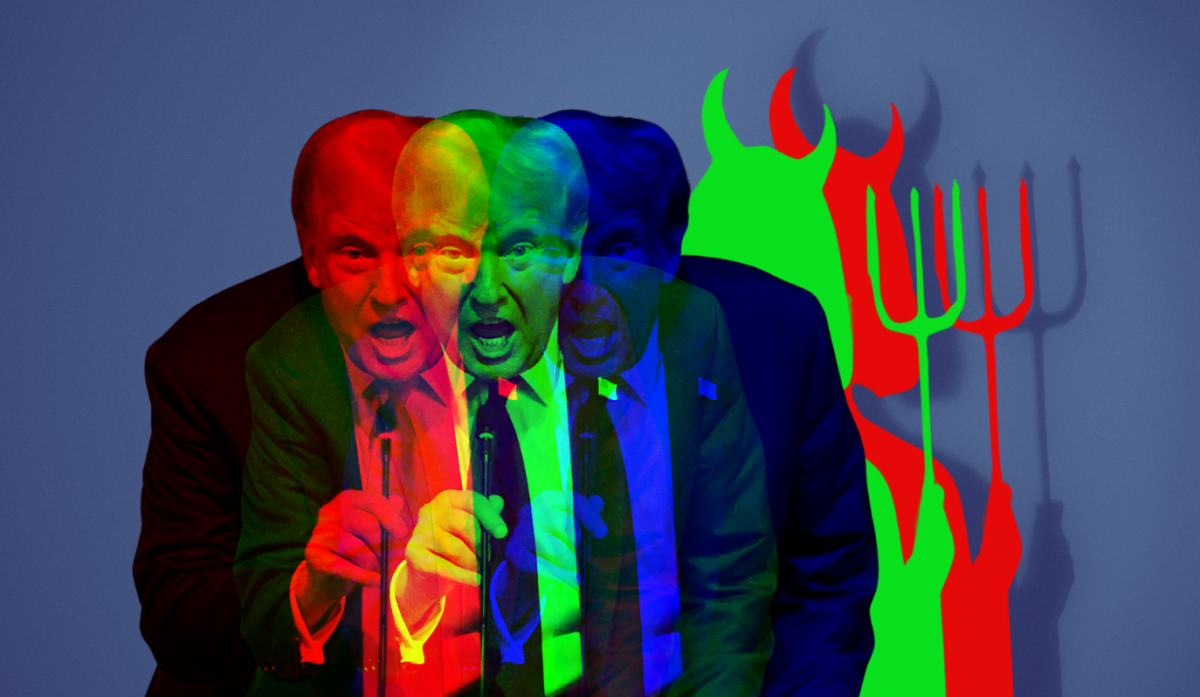About a month and a half ago, I sat quietly in my apartment in Managua, Nicaragua surrounded by the sounds of gunshots and sirens with fear so palpable it was hard to register. This was my reality one day after the civil unrest and government repression erupted in Nicaragua, on April 18, 2018. 40 days later, on May 29, 2018, I sit in an all too familiar coffee shop in Seattle on the precipice of tears because although my reality has changed, that of my dear friend has not. The number of dead in Nicaragua has climbed to 89, more have been injured and people are disappeared each day. Today, my friend sits quietly in her apartment in Managua, Nicaragua surrounded by the sounds of gunshots and sirens.
However shocking this explosion of civil unrest and government repression seems to an outsider, there have been signs for years of people getting tired of a corrupt government unwilling to cede power. According to Brian Strassburger, S.J. who lives and works in Nicaragua, different movements and protests have been taking place for some time. Based on what he has been able to track in the progression of the current civil unrest, he said:
“The anti-canal movement has been around and actively organizing against the current government for a couple of years now. In early April, Nicaraguans were upset at the government’s poor handling of the fires in Indio Maiz and many took to the streets in protest, but the crowds were relatively small. Then the government announced their proposals for reforming INSS (social security). A larger crowd of protesters took to the streets. But even all that wasn’t enough to trigger what has happened in the country right now…The trigger of the current ‘protests’ was really the violent response of the government: the assault and murder of peaceful protesters.”
Although, the protests of mid-April caught more international attention, resistance to this government has been present for a long time and civil unrest has certainly been growing.
In the early stages of my research on disability rights in Nicaragua, I focused on policy analysis including a review of the constitution. When I told my friends this, they laughed. They all had very little faith in the legal system and in the constitution and thought I was wasting my time. It became clear to me as the months passed, how justified this feeling was. The Ortega-Murillo regime has been consolidating power for years making it possible for them to do anything with impunity, including change the Constitution and legal system whenever it serves their interests. Most notable was the change in 2014 when the National Assembly ruled to remove term limits, allowing for Daniel Ortega to remain in power indefinitely.
Speaking to the growing tension in Nicaraguan society, a member of the student group University Coordination for Democracy and Justice shared with me:
“While the discontent has been increasing, especially in areas of the country outside the capital…the government took charge in silencing the protesters by ordering killings carried out by the police and the army. Other strategies of attack were consistent campaigns to discredit human rights defenders and harass them. Thus, over the years years, the Nicaraguan government has shown itself to be a violator of fundamental rights; a state that does not care about the environment, the rights of women, the elderly and other minorities.” (Note: This student has chose to remain anonymous for her safety, a choice many have taken when speaking to different news outlets.)
As my time in Nicaragua continued, I started to see more indicators of the dissatisfaction this student describes. I participated in the Women’s March in November of 2017 along with 300-400 others to condemn the machismo, sexism and violence in Nicaragua, particularly denouncing the deaths that had occurred on the Caribbean Coast at the hands of the government. As we made our way down the main highway in Managua, we came upon a sea of about 200-300 antimotines, anti-riot police. I remember thinking it was an overreaction but the rest of the crowd seemed to accept this as a relative “normal”. Since the police would not let us pass, we decided to do the planned activities in the highway. About 10 minutes into it, all the anti-riot police in the front line put down their masks and lifted their shields in unison, striking fear in the group. This was the government’s tactic of choice: intimidate the people to disperse the crowd. But when the protests of April came the government repression went from more subtle fear mongering to overt violence and censorship. The students took to the streets but they did not bring the violence, the violence was brought upon the students by the Ortega-Murillo regime through the anti-riot police, the Sandinista Youth and the National Police using bricks, mortars, tear gas, rubber bullets, and even live ammunition.
With that, we are back to where this article began, to the week that led to my evacuation and changed Nicaragua forever. As I went to sleep on Wednesday April 18, to the east I could hear the government sponsored Sandinista Youth concert, playing bachata and salsa music and talking about how all they wanted was peace and love in Nicaragua. Meanwhile, less than a half mile in the other direction, there was government sponsored and ordered attacks on students and other protesters. The next day, I awoke to the sound of gunshots and sirens and tear-gas. I immediately checked in with my friends protesting to make sure they are still alive and unharmed. No news coverage of the protests was allowed on air, so I relied on Facebook, Twitter and WhatsApp to stay informed. Some emojis will never mean the same thing to me again. I sent crying and heartbroken emojis and I actually meant it and so did my friends. It is still strange to me that in those moments my news came solely from social media and my emotions were primarily expressed in miniature faces on a screen.
Two days after the protests began, I was moved out of my apartment by the Embassy. I did not realise it was going to be for good. On April 24, I was back in my apartment deciding what would travel back with me. I looked around and everything felt unnecessary, but I shook that feeling as fast as I could because I only had a short time to pack my things, throwing what I could into my luggage as the car waited outside. Less than 24 hours later I was in a caravan to the airport: final destination Seattle, Washington.
The people of Nicaragua are still fighting for a better future within an unjust system. Government violence is still being inflicted upon the student protesters and those allying with them. Just this past Sunday, May 27, in the early hours of the day, there was a mortar attack on the main gates of the Central American University, Seattle University’s sister institution in Managua. Fr. José Alberto (Chepe) Idiáquez, S.J., President of the Central American University, put out a statement responding to this attack last night: “The Central American University (UCA) denounces this cowardly act carried out by paramilitary forces that use their impunity under the current government in order to intimidate and kill innocent citizens under cover of night in the capital and other cities.” Priests, like Fr. Chepe, bishops, professors and students are resisting the repression of this government. They refuse to accept attacks like these as normal and have chosen to be outspoken in vilifying the actions of those in power. I am incredibly honored to know some of those people personally and to be able to call them my friends.
My plane landed from Nicaragua on April 25, and since that moment I have tried my best to stay informed, stay connected to those I hold dear and do right by them. I may not be able to fight alongside them, that may never have been my role, but I can listen to what they need from me and to the best of my ability do it.
I will close with a comment from one of my friends who has supported the student movement with supplies, transportation and her participation in the rallies and marches. She said, “It is a worrisome situation, but at the same time it is encouraging to know that young people are no longer apathetic, they are the ones who initiated this movement and now have the support of farmers in rural Nicaragua, civil society organizations, the private sector and most importantly the people.”
It is easy to think that we are powerless in the face of injustice, but we can take note of the great resilience and strength of the youth and students of Nicaragua in exposing and rejecting government corruption and impunity. As they fight against this dictatorship, they show that together we are powerful. Not only can we shake up the system, but if the system is unjust that is what we ought to be doing.
#SOSNicaragua
-Anna Pickett, Fulbright Research Grant Recipient and Disability Activist
The author may be reached at
anpickett@







